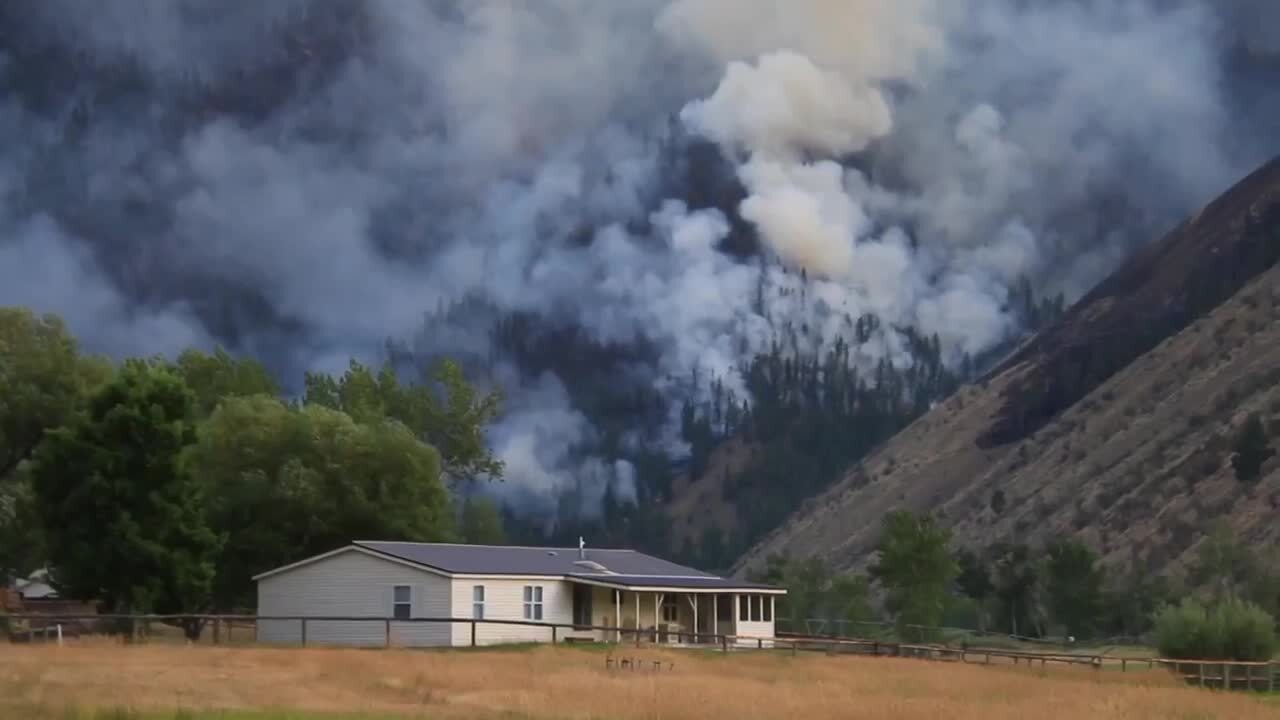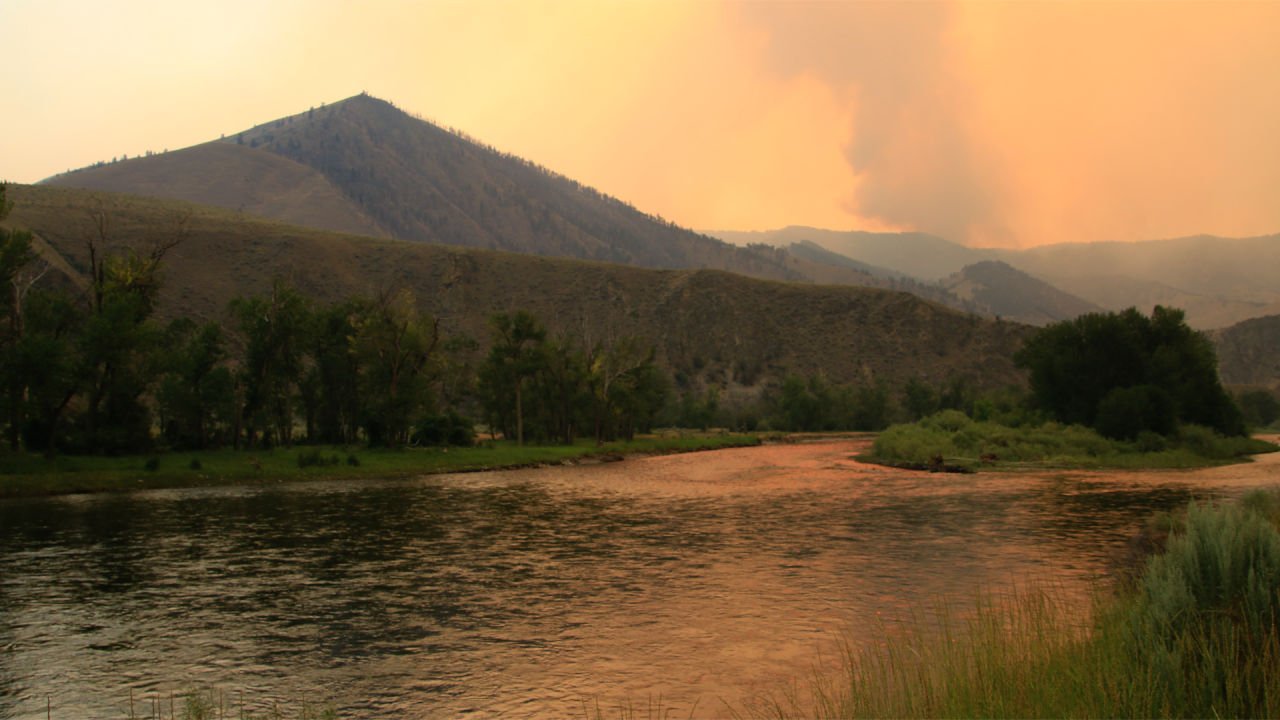SALMON, ID - The Moose Fire is burning in some of the most rugged terrain in the Northern Rockies, with a 3,000-foot difference between the peaks and valleys, separated by dangerous impassable terrain.
The terrain north of Salmon, Idaho is no stranger to wildfire but this time, the fire crews are bringing tech to the fight.
Fighting fire in the area is a serious case of up and down, aggravated by high winds and triple-digit temps.

"Hot, dry conditions. We had a Red Flag warning the other day and that resulted in column development here, behind me at Bobcat Gulch,” noted Moose Fire Public Information Officer Rudy Everson.
Those fiery columns are the wildest part of wildfire. Uncontrolled bursts of flame have been clawing across the hillside, threatening efforts to protect homes — and traffic — along the US Highway 93 corridor.
Veteran fire managers have told MTN News the real challenge of fighting a blaze in the Salmon backcountry is how rugged the terrain is.

Some of the gulches — like Bobcat Gulch — act just like chimneys, with the westerly winds coming down and fanning the flames. That's why the aerial attack is such an important tool.
The blaze isn't a "retardant fire" — at least right now. Instead, it's being fought by hundreds of thousands of gallons of water.
“So, on this side, we're using tactics to bring it down towards the river with more moderate fire behavior so that it doesn't run up the hill and cause columns and spotting,” Everson explained.
Crews are depending on tools that didn't exist when the Mustang Complex burned more than 300,000 acres just north of the area a decade ago.
"So, we have an UAS module here on the fire. It's a small drone. It's operated remotely. It uses a plastic sphere dispenser, or ping pong we call it, containing chemicals that react. And when they fall on the ground, they light small fires that help us have a better control over how the fire comes down the hill." - Moose Fire Public Information Officer Rudy Everson
You can hear the pop, pop, pop of the incendiary ping pong balls as the drone drops them across the face of the fire into terrain that no firefighter could reach.
The UAS crew flies missions hour after hour, refilling batteries and the fire-starting chemicals – as well as safely coordinating with other aircraft.
That gives traditional ground crews a fighting chance to do their jobs safely.

“The way fire goes downhill is because burning material rolls, right? Logs, pinecones, branches, they catch on fire,” Everson noted.
“They tumble down the hill and they light something on fire at the bottom. And since fire likes to go uphill and it burns uphill fast. After you have the rollout then you have an uphill run,” Everson concluded.
The Moose Fire had burned over 40 acres and was 15% contained as of Thursday morning.






